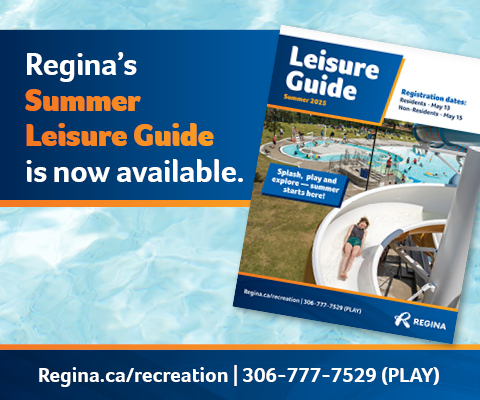Tree Donation Program Policy
Planting trees on City property is subject to the application process and by approval of the City.
Severence Application
A Severance is the subdivision of one lot, block or portion thereof into two sites having contiguous frontage on a street and shall not alter the direction of frontage of any existing property.
Building Report April 2020
View the Monthly Building Report for April 2020.
Zoning Bylaw Amendment Application
Requests for developments or improvements not in agreement with the Zoning Bylaw must involve a submission requesting an amendment to the Bylaw.
page
rig; Groundwater sampling; and Surface water and sediment sampling of Wascana Creek. The
environmental consultant conducting the work has analyzed data and
is preparing a number of reports, including a Human Health Risk Assessment. The Human Health Risk
Assessment looked specifically at shallow soil across the park and determined if there was a risk
to the public who use the park based on different age groups (toddlers, children, teenagers and
adults) and assumptions on how long users were in the park (four hours a day, four days a week).
The assessment was also based on the reduced risks when the soil is frozen and covered in snow
throughout the winter. The Risk Assessment broke the park up into four different assessment areas
based on the type of use as shown in Figure 1: Area 1 which includes the Rick Hansen Optimist
Playground; Area 2 where the majority of the former wastewater treatment plant footprint was
located; Area 3 south of the playground and the parking lot; and Area 4 is on the west side of
Wascana Creek, including the two islands. Shallow soil samples in the playground (Area 1) and the
area to the south (Area 3) reported levels below the Saskatchewan Environmental Quality Guidelines
for human health indicating these areas are safe for all ages. The results from the north side of
the park (Area 2) found that the shallow soil is impacted with lead at levels that pose an
unacceptable potential risk to human health. The Human Health Risk Assessment recommended that
fencing should be installed around the majority of Area 2 as a precaution until further
investigation can be conducted. Portions of the west side of Wascana (Area 4) had elevated lead
levels slightly above the acceptable amount for toddlers, so the City will be putting up signs to
notify residents of the potential risk. Foraging for wild foods in Area 4 is not recommended. The
risk to human health from lead-impacted soil in the park is through ingestion of the soil. Lead is
not considered to be harmful from immediate contact but has the potential to be detrimental over a
prolonged exposure period. By placing fencing around the north portion of the park, the potential
risk to adults, children, toddlers, and pets will be reduced. Users of the park will see a new
fence along with warning signs erected this fall or in the spring after the snow melts. The
approximate location of the new fence is shown in Figure 2. Due to the nature of the soil impacts,
the risk to the public is very low over the winter while the soil is frozen, and snow-covered. The
fencing will be in place until further investigations can be completed and an environmental risk
management plan is developed. The planned development of an off-leash dog park will be delayed
while further investigations are being conducted. The next steps for managing the soil impacts in
A.E. Wilson Park are being developed and will include further soil investigation and a long-term
risk management plan. ...
Job Opportunities
benefits and pension. If you have a passion for public service and want to make a difference in our
community, then come and work with us. Current Openings View all
available job opportunities, apply online or create a job profile. Make a difference & apply
today! City Employees - Please log in to this job board to see the complete listings of vacancies
and postings. Who We Are Firefighter Jobs What We Offer Temporary Foreign Workers - Know Your
Rights Travailleurs Etrangers Temporaires Vos Droits
Design Standard OS-5
View Design Standard OS-5: Cricket Field
City of Regina Indigenous Procurement Business Gathering: Register Early
10 a.m. to 3 p.m. and will include a procurement presentation, a panel discussion with City
leaders, and keynote speaker, Terry Bird. This event is open to
Indigenous businesses from Regina and area. It’s free to register; however, seating is limited. The
City is committed to supporting Indigenous entrepreneurship, business, and economic development
through the Indigenous Procurement Policy. The goal of the policy is to break down systemic
barriers for Indigenous vendors to enter the competitive municipal procurement environment. ...
Design Regina B.10 Former Diocese of QuAppelle Neighbourhood Plan
View Design Regina Part B.10 - Former Diocese of QuAppelle Neighbourhood Plan
Downtown Walking Tour
Heritage Walking Tour of Regina's Downtown.


